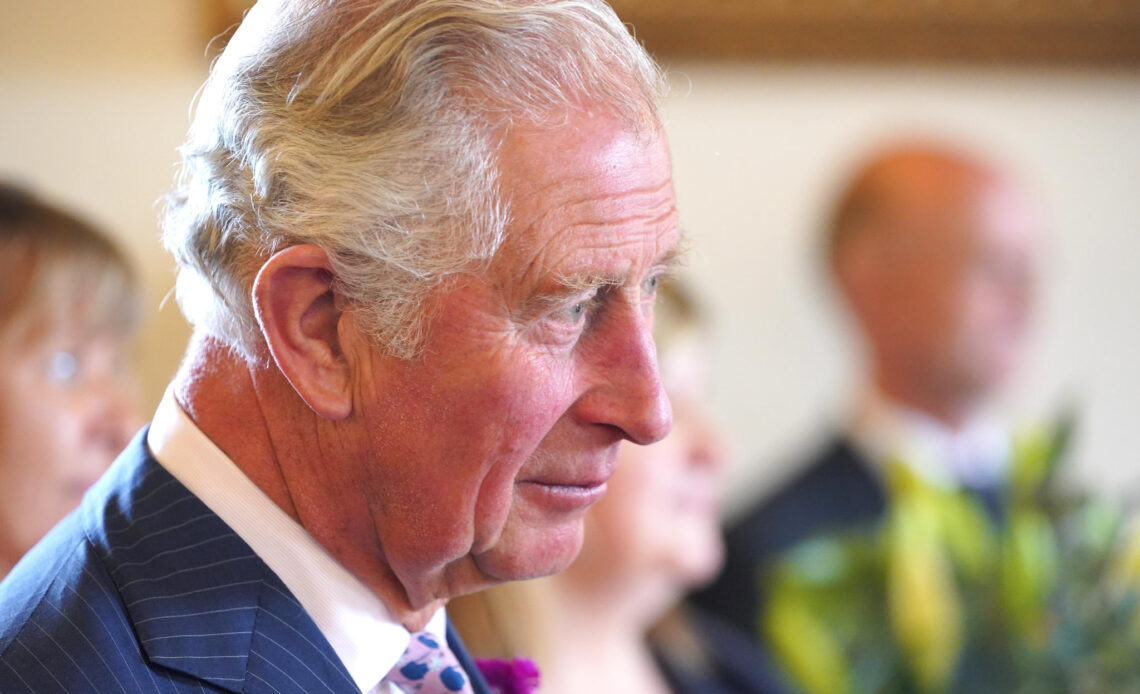
In May 1955, Buckingham Palace made an unprecedented announcement: Prince Charles would be the first heir to the throne to be educated outside the palace and would begin school in January 1957, at the age of eight.
Previous princes had received their early education from palace tutors or in military academies, but The Queen and Prince Philip reportedly felt that Charles would benefit from the company of children in a classroom. Prime Minister Harold Macmillan is said to have suggested the then-all boys’ Hill House preparatory day school in Knightsbridge, London, and on 28 January 1957, Prince Charles arrived for his first day in a royal limousine.
Before beginning formal school, Prince Charles received 18 months of homeschooling from his Glaswegian governess Catherine Peebles. Though the young prince loved books, he was easily distracted and prone to daydreams.
At Hill House, Prince Charles had the opportunity to mingle with other pupils and was encouraged by his mother to train in football because the other boys “wouldn’t be deferential to anyone on the football field,” according to then-Hill House Head Stuart Townend.
On 14 August 1957, after only six months at Hill House, Buckingham Palace announced that Prince Charles would attend Cheam School, a preparatory school near Newbury, Berkshire, which Prince Philip attended from 1930 until 1933. Charles arrived for his first day on 23 September and suffered acute homesickness from early on. He soon started a routine of writing letters home each week – the beginning of his life-long passion for written correspondence – which made his unhappiness clear to his parents. The Queen wrote to Prime Minister Anthony Eden at the beginning of 1958, saying, “Charles is just beginning to dread the return to school next week—so much worse for the second term.”
Prince Charles found an emotional outlet, however, in amateur dramatics and found his place during his five years at Cheam by being active in cricket, football and rugby. He became the head boy in his final year, and the conversation about where he would move next got underway behind royal doors.
The Queen Mother strongly recommended Eton College as “ideal…for one of his character and temperament,” but was ultimately overruled, and Buckingham Palace announced that the Prince would continue his education at Gordonstoun, in northeast Scotland. Charles’s father, the Duke of Edinburgh, was one of the first pupils at the public school on the shores of the Moray Firth when it was founded in 1934.
The school’s regime was created by founder Dr Kurt Hahn, with firm egalitarian principles based on the belief that physical challenges were at the heart of building character. With shorts as part of their year-round official uniforms and cold showers every morning, the boys were taught to be hardy at every turn.
Charles arrived at the school in May 1962, accompanied by his father. With his titles and status as heir to the throne, Charles was bullied from virtually his first day and in years since, has made no secret of the fact that his time at Gordonstoun was difficult.
When he sat for his GCE O Levels at the age of 16, Charles became the first heir to the British throne to sit public exams. He passed English language, English literature, Latin, French, History and Maths.
Charles spent two terms at Timbertop, a remote annexe of Geelong Church of England Grammar School in Melbourne, Australia, from February until July 1966 before returning to Gordonstoun for his final year. On his return, his appointment as head boy secured him a bedroom of his own after having lived communally since his start at the school. He took his A Levels in July 1967, receiving a B in History and a C in French.
Following his graduation from Gordonstoun, the young prince broke tradition by enrolling in university instead of the armed forces. He arrived at Trinity College Cambridge on 8 October 1967 to begin studies in archaeology and physical and social anthropology. He joined Trinity’s drama group, the Dryden Society soon after matriculating, continuing the dramatic pursuits of his earlier education. By the spring of his first year, he had decided to switch educational focus in his second year, moving from archaeology and anthropology to history.
In April of 1969, Charles started a three-month term at the University College of Wales in Aberystwyth, where he studied Welsh and the history of the Principality. This was followed by his official, ceremonial investment as Prince of Wales by The Queen at Caernarfon Castle on 1 July 1969.
During his final year at Cambridge, Prince Charles undertook a number of official royal duties for the first time, including visiting New Zealand, Australia and Japan, attending the State Opening of Parliament, being formally introduced into the House of Lords and attending his first Privy Council.
On 23 June 1970, the Prince of Wales was awarded a 2:2 Bachelor of Arts and became the first heir to the throne to ever obtain a university degree. He returned to Cambridge in August 1975 to receive his Master of Arts.

